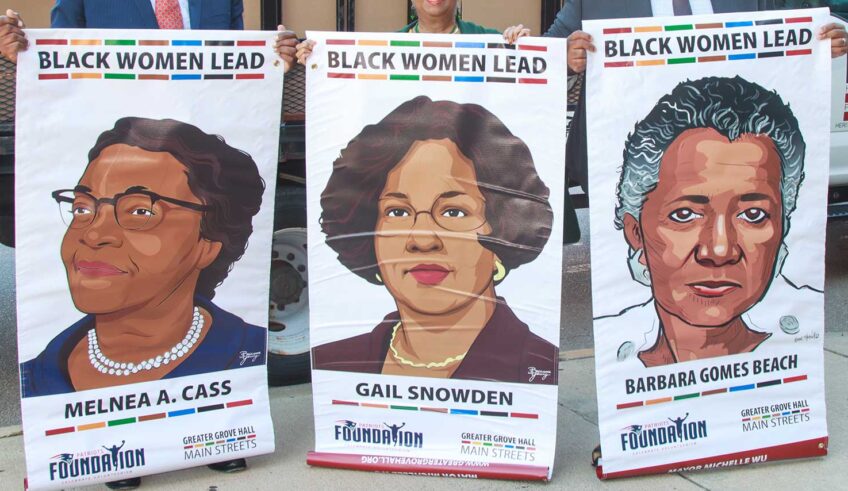The crime the Cuyahoga County, Ohio prosecutor committed not only against Tamir Rice and his family but American society as a whole offers an invaluable lesson.
It’s that grievous sins of the past can be repeated in the present, and that some who commit race crimes now — if they wear blue and a badge — likely will be protected by those who occupy the high reaches of the criminal justice system.
The video of 12-year-old Tamir Rice being shot to death in November 2014 by a white Cleveland police officer was conclusive. And those conclusions were bolstered by details of the killer’s awful work record: He previously had failed a sheriff department’s exam, had been rejected for positions in three other jurisdictions, and resigned from a fourth police force after a “dangerous loss of composure” during firearms training.
But the decision of the Cleveland grand jury to not indict the officer had been expected because prosecutor Timothy J. McGinty’s actions had long telegraphed his intentions to subvert justice. “We have never seen a prosecutor try so hard to lose a case,” Jonathan B. Abady, an attorney for the Rice family, said the week before the grand jury decision was made public.
Referring to the video itself, New York Times columnist Charles M. Blow said it depicted “an unconscionable level of human depravity on the part of the officer who shot [Tamir], a stunning disregard for the value of his life and a callousness toward the people who loved him.”
Those words also describe McGinty’s behavior.
To which one could say: What’s new about that? When it comes to black Americans and America’s criminal justice system, it’s not a new phenomenon that injustice, not justice, has overwhelmingly been the latter’s guiding principle.
In the decades before the 1960s, that principle was most dramatically — and tragically — seen in the Jim-Crow South. Then, the South’s white leaders and citizens commissioned and condoned all kinds of crimes against black men, women and children — and unjustly imprisoned thousands and thousands of them. That criminality had a bitter name: “Southern Justice.” White justice in the North and West was far less openly murderous but hardly fair-minded and dispassionate, either. In other words, how the criminal justice system operated everywhere underscored that it existed to prey upon black Americans. And it’s clear, as poll after poll shows, many blacks think that’s still true.
But what is new is the exposure of how rotten the system is.
Thanks heavily to social media and deeper reporting by the organized media, we’ve seen police officers from border to border who display “unconscionable levels of human depravity.” We’ve seen police departments deprive black and brown Americans of their constitutional rights in order to pretend they’re fighting crime and thereby gain more money and prestige. We’ve seen prosecutors who put “getting along” with the police departments and the criminal justice establishment above justice for ordinary citizens.
Thanks to social media, we’ve read the racist, sexist and homophobic tweets, text messages and e-mails of cops who define their job as bullying those citizens with the least resources or the “wrong” skin color. Thanks to deeper media reporting, we better understand the breadth of prison-guard brutality and the refusal of state officials, cowed by prison guards’ unions, to stop it. And we’ve discovered how much city and town governments target poor people and people of color for phony traffic violations and picayune municipal code violations in order to steal their money for the municipal coffers.
What else is new is that more and more white Americans understand what’s been exposed isn’t a matter of a few “bad apples” or the “rare” instance of a miscarriage of justice. What’s clear is that America’s criminal justice system is built on injustice, especially racial injustice.
Yes, one can find hope for the future in the fact that there have been significant advances in recent decades in professionalizing police departments and there now exist seemingly determined efforts to reform prosecutorial procedures, and sentencing and post-prison opportunities for ex-offenders.
But no one can deny that a prosecutor’s dereliction of duty in allowing the police killer of 12-year-old Tamir Rice to go free is a just one of a number of signs indicating how difficult ridding the criminal justice of injustice will be.
Lee A. Daniels’ collection of columns, “Race Forward: Facing America’s Racial Divide in 2014,” is available at www.amazon.com.


![Banner [Virtual] Art Gallery](https://baystatebanner.com/wp-content/uploads/2024/04/Cagen-Luse_Men-at-store-e1713991226112-150x150.jpg)



